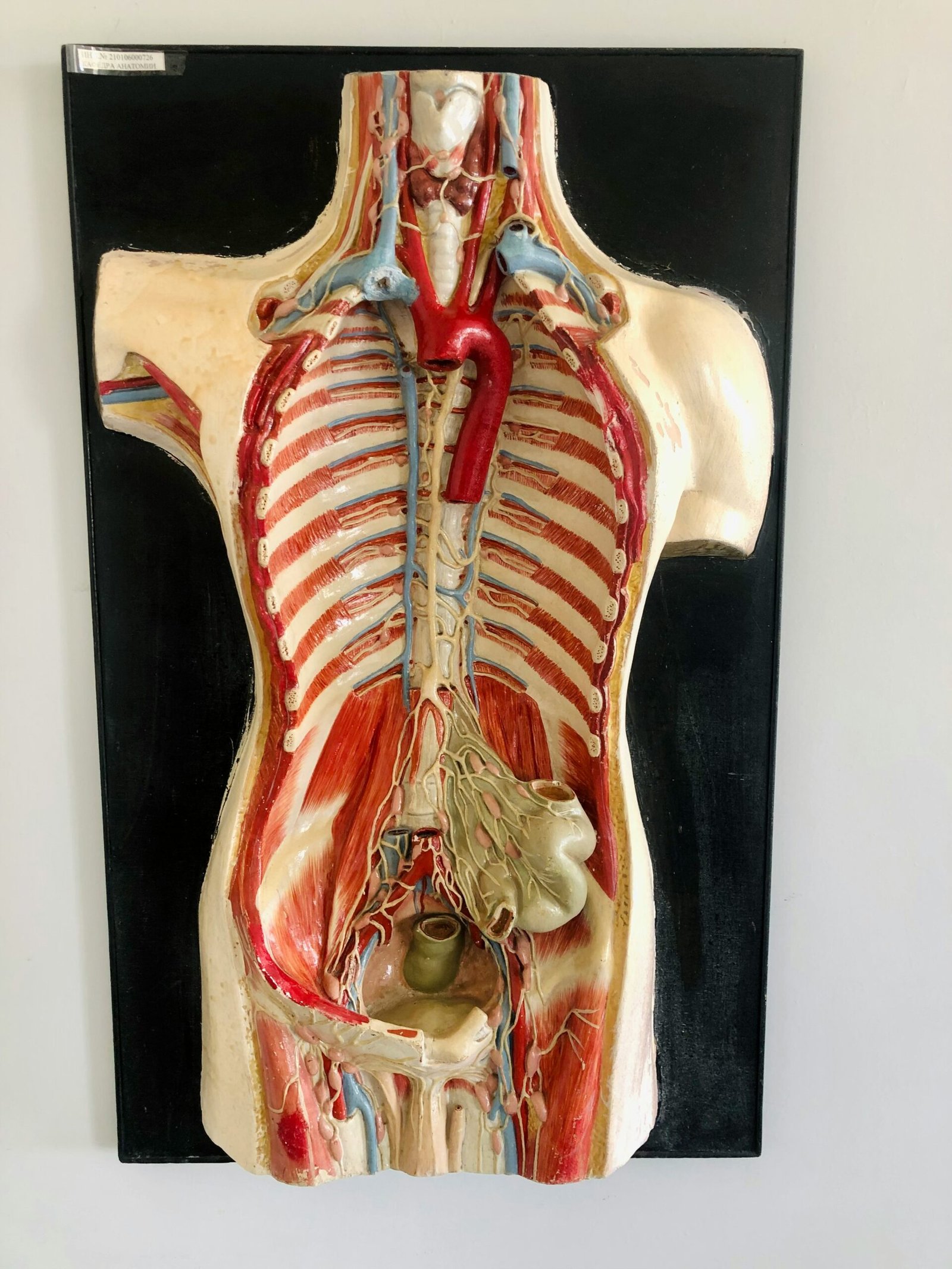Introduction to Cuddling and Its Importance
Cuddling, often perceived as a simple act of affection, encompasses much more than mere physical contact. It is a profound form of human interaction that fosters emotional and psychological well-being. At its core, cuddling involves embracing someone closely, which can trigger a myriad of beneficial responses in the body and mind. This seemingly innocuous gesture is rooted deeply in our biology, as it is connected to the release of oxytocin, a hormone associated with bonding and attachment. This hormone plays a crucial role in reducing stress levels, enhancing feelings of trust, and promoting a sense of security.
The physical aspect of cuddling is closely intertwined with its psychological benefits. The warmth of another body, the rhythmic sounds of breathing, and the shared space create an environment conducive to relaxation and connection. When individuals engage in cuddling, they are not only nurturing their relationship but also contributing to their overall health. This form of intimate touch has been shown to lower blood pressure, decrease anxiety, and even boost the immune system, making it a vital component of emotional support.
Aside from its health benefits, cuddling plays a critical role in fostering intimacy between partners, friends, and family members. It can serve as a non-verbal communication tool, reinforcing feelings of love and appreciation. In relationships, regular affection through cuddling can deepen bonds, enhance understanding, and provide comfort during challenging times. Furthermore, in an era where physical touch is often underrepresented, recognizing and embracing the importance of cuddling can greatly enrich interpersonal relationships. By acknowledging the significance of such simple, yet impactful acts of closeness, individuals may cultivate a greater sense of connection and fulfillment in their lives.
Cuddling and Its Impact on Mental Health
Cuddling is often associated with warmth, comfort, and emotional connection. This simple act has been found to provide significant benefits for mental health. One of the primary effects of cuddling is its ability to reduce stress levels. When individuals engage in physical touch, such as hugging or cuddling, their bodies release oxytocin. Commonly referred to as the ‘love hormone,’ oxytocin fosters feelings of closeness, security, and emotional support, leading to a profound sense of well-being.
Studies have indicated that the act of cuddling can lower the production of cortisol, a hormone often linked to stress. Lower cortisol levels can result in feelings of calmness and relaxation. Furthermore, physical affection has been shown to decrease feelings of anxiety. For example, a study published in the journal *Psychosomatic Medicine* revealed that individuals who received regular physical affection, including cuddling, reported lower levels of anxiety and depressive symptoms compared to those who lacked such interactions.
Beyond stress and anxiety reduction, cuddling can significantly enhance mood. The release of endorphins, often called ‘feel-good’ hormones, is triggered during acts of cuddling. These endorphins play a crucial role in contributing to an individual’s overall happiness. Real-life anecdotes highlight this impact; many individuals report feeling more centered and content after spending time cuddling with a partner or loved one.
Ultimately, the multifaceted benefits of cuddling on mental health cannot be overlooked. By promoting emotional bonding, reducing stress, alleviating anxiety, and boosting mood, this simple act offers numerous pathways to improve mental well-being. Engaging in cuddling regularly may thus serve as an effective strategy for enhancing not only emotional connections but also overall mental health.
Physical Health Benefits of Cuddling
Cuddling has been shown to offer a myriad of physical health benefits that extend beyond mere comfort. One of the primary advantages is the improvement in immune function. Engaging in this intimate act activates the body’s production of oxytocin, often referred to as the “love hormone.” This hormone plays a significant role in enhancing immune response, which can help protect against illnesses. Research has indicated that individuals who embrace regularly may experience fewer colds and infections, reinforcing the connection between touch and health.
Moreover, cuddling can also serve as an effective natural remedy for pain relief. The physical closeness associated with cuddling triggers the release of endorphins, which are natural painkillers produced by the body. These endorphins may help alleviate various types of discomfort, from chronic pain to minor aches and pains, thus providing a holistic approach to managing distress. This interplay highlights how physical affection can influence pain perception and overall well-being.
Another significant benefit of cuddling pertains to sleep quality. The calming presence of a partner can create a sense of security and relaxation, allowing individuals to drift into slumber more easily. The reduction in anxiety and stress levels associated with cuddling can lead to deeper and more restorative sleep. Improved sleep patterns are crucial for maintaining optimal physical health, as they contribute to better metabolic function, increased energy levels, and enhanced cognitive performance.
Additionally, cuddling has been identified as a contributor to lower blood pressure and heart rate. The act promotes relaxation, which in turn can mitigate stress-induced cardiovascular issues. Studies suggest that regular physical affection can result in significant reductions in both systolic and diastolic blood pressure, leading to better overall heart health. This relationship demonstrates how the intimacy of cuddling interacts positively with physiological processes, fostering a healthier lifestyle.
Creating a Cuddly Environment
Cuddling offers numerous health benefits, and creating a conducive environment for this comforting activity is essential to fully enjoy its advantages. To begin, assess your home space. Consider dedicating a specific area, such as a cozy nook on the couch or a favorite spot on the bed, where you and your loved ones can unwind together. Enhance this area with soft blankets and plush pillows to establish an inviting atmosphere that encourages relaxation and connection.
Lighting plays a crucial role in creating a cuddly ambiance. Utilize warm, low lighting options, such as soft lamps or candles, to create a soothing environment. This not only promotes a sense of calm but also makes the space feel more intimate. In addition, consider incorporating soothing scents through essential oils or scented candles to further enhance the atmosphere. Scents like lavender or vanilla can evoke feelings of warmth and safety, making cuddling a more inviting prospect.
Another idea for fostering a cuddly environment is to engage in activities that naturally encourage cuddling. Movie nights or reading sessions can be great opportunities to snuggle up together. Choose films or books that both parties enjoy, and allow the storyline to facilitate the close physical connection. Likewise, outdoor cuddling can be an exhilarating experience; whether it’s a picnic in a park or watching the stars, find comfortable settings where you can cuddle and enjoy nature together.
Don’t forget the benefits of cuddling with pets. Animals love physical affection and provide their own unique source of comfort. Whether you’re curling up with a dog or cat, inviting pets into the cuddle zone adds an extra layer of joy. Lastly, make cuddling a regular part of your routine; set aside time each week for this activity, allowing physical closeness to enhance emotional bonds. Such simple adjustments can significantly improve your overall well-being and strengthen relationships.



